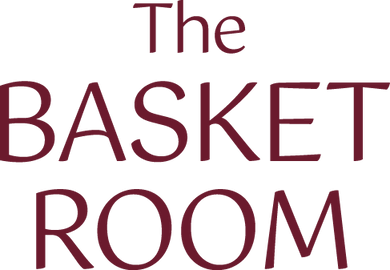Get in touch
Have questions about your order, or a general enquiry?

The Basket Room creates beautiful collections of handwoven, decorative storage baskets for the home. Woven with stunning colours & unique patterns, we work with small craft collectives in Africa to bring you ethical, stylish accessories with a story.
